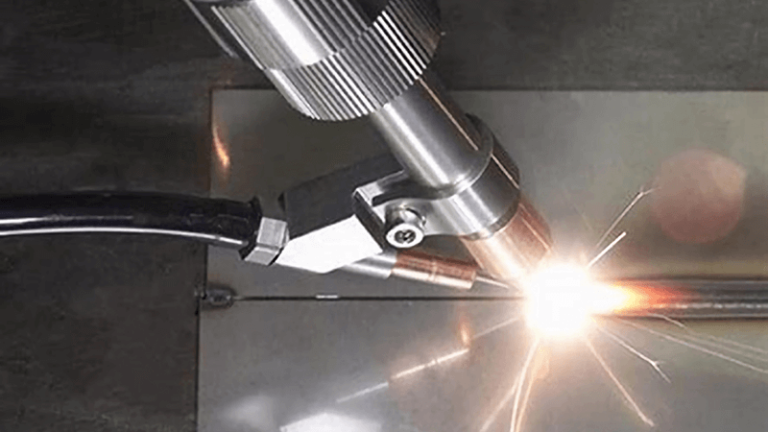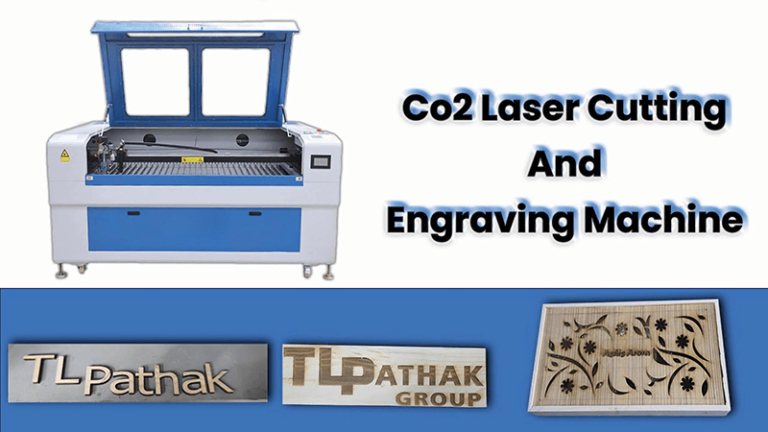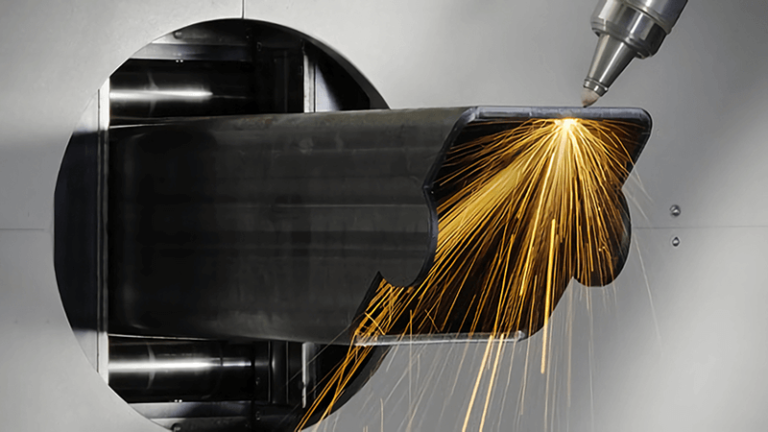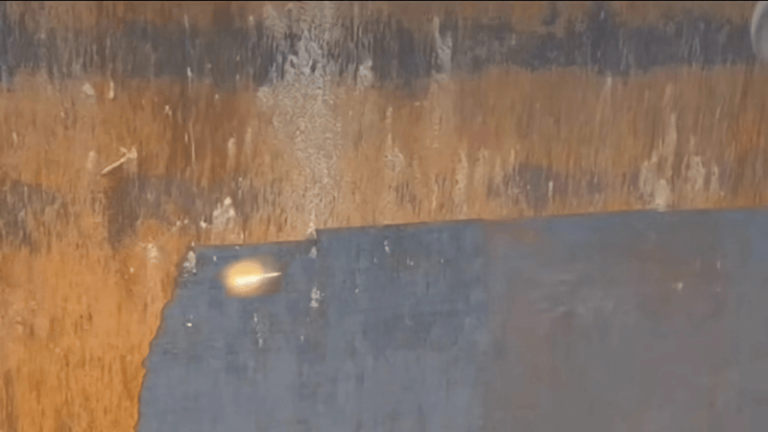Are you looking to achieve clean, precise cuts when working with metal pipes? Choosing the right tool can be the difference between a job well done and a frustrating experience. Let's explore the best options for cutting metal pipes with precision.
For precision metal pipe cutting, pipe cutters, angle grinders, and reciprocating saws with metal-cutting blades are top choices. Each tool offers unique benefits for different materials and cutting needs. Let’s take a closer look at which one might work best for your project.
Whether you're working on small DIY projects or large-scale industrial operations, selecting the correct cutting tool is crucial. Understanding the features of each tool will help you make an informed decision, ensuring clean and accurate cuts.
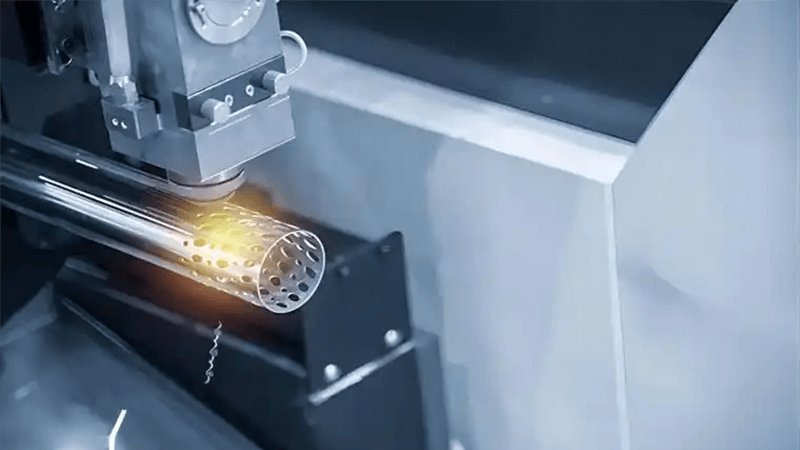
What is the best tool for precise metal cutting?
When it comes to precision, the quality of the tool you use makes all the difference. So, what is the best tool for precise metal cutting, especially when dealing with pipes? Let’s break down the options.
For precise cutting of metal, laser cutting machines are unmatched in their accuracy. Other options like pipe cutters, angle grinders, and reciprocating saws also perform well, but laser cutting stands out for intricate and highly accurate results.
When precision is paramount, laser cutting machines outperform traditional methods. Let’s explore the tools commonly used for cutting metal and compare their precision levels.
Pipe Cutters1
Pipe cutters are specifically designed for cutting pipes with minimal effort. They offer a high level of accuracy but are limited by the size of the pipes they can handle. These tools work by using a rotating blade to slice through the pipe, making them ideal for small- to medium-sized pipes. Pipe cutters are perfect for applications where the cut must be straight, clean, and smooth.
However, while pipe cutters excel in providing a clean cut, they struggle with thicker materials, making them unsuitable for large-scale or industrial operations.
Angle Grinders2
Angle grinders are versatile tools that can cut through a variety of materials, including metal. These tools use a rotating abrasive disc to grind and cut metal surfaces. While angle grinders are great for their versatility and power, they often lack the precision required for intricate cuts. The cuts can be rough and may require further finishing, such as grinding or filing, to smooth out the edges.
Reciprocating Saws
Reciprocating saws, often known as "saws all," are another option for cutting metal pipes. These tools use a back-and-forth motion of the blade to cut through materials. While reciprocating saws are powerful and can handle thick materials, achieving a precise cut can be challenging. Like angle grinders, they often leave rough edges that may need additional work to clean up.
Laser Cutting
Laser cutting is the ultimate precision tool. With laser cutting machines, the focused beam of light cuts through the metal with a high degree of accuracy, leaving smooth, clean edges. The beauty of laser cutting lies in its ability to maintain the same quality across multiple pieces, making it ideal for mass production and industries that require detailed work, such as aerospace and medical device manufacturing.
| Tool Type | Precision | Best For | Limitations |
|---|---|---|---|
| Pipe Cutter | High | Small to medium pipes | Limited to smaller pipe diameters |
| Angle Grinder | Medium | Versatile metal cutting | Rough cuts, requires finishing |
| Reciprocating Saw | Medium | Thick materials, versatility | Rough cuts, not ideal for fine work |
| Laser Cutting3 | Extremely High | High-precision cuts, intricate designs | Higher initial investment cost |

Which tool is best for cutting metal pipes?
When working with metal pipes, there are several tools available, but which one is the best? It depends on the materials, the type of pipe, and the required precision.
For cutting metal pipes, pipe cutters, angle grinders, and reciprocating saws are all excellent choices. Each tool has its strengths depending on the task at hand. However, laser cutting provides unmatched precision and speed for larger-scale operations.
When selecting the right tool for cutting metal pipes, it’s important to consider a variety of factors, including the size of the pipe, the type of material, and the level of precision required. Let’s dive deeper into the characteristics of each tool and determine which one is best suited for your needs.
Pipe Cutters4
Pipe cutters are generally best for cutting soft metals like copper and aluminum. These tools are designed for clean cuts without much effort. They are best suited for projects that involve small-to-medium pipes, and their ability to leave smooth edges makes them a preferred choice for plumbing and HVAC work.
Angle Grinders5
Angle grinders, due to their power and versatility, are ideal for cutting thicker metals or pipes with larger diameters. However, they are not the best option when precision is essential, as they tend to create rough edges. For projects where the quality of the cut matters less than the ability to cut through thicker materials, an angle grinder is a great tool.
Reciprocating Saws
Reciprocating saws are powerful tools that can easily cut through thick materials, making them a good choice for cutting metal pipes in tougher situations. However, as with angle grinders, the precision may not be up to par for more detailed work. They are best used in situations where speed is important, and a little roughness can be tolerated in the final cut.
Laser Cutting
Laser cutting is the tool of choice when precision, speed, and efficiency are paramount. Laser cutters can handle metal pipes of various thicknesses and diameters with ease, delivering clean, accurate cuts that require minimal post-processing. For businesses that require high-throughput, high-quality cuts with little waste, laser cutting is the optimal choice.
| Tool Type | Best Suited For | Strengths | Weaknesses |
|---|---|---|---|
| Pipe Cutter | Small to medium pipes | Clean, smooth cuts | Limited to smaller diameters |
| Angle Grinder | Thick, tougher metals | Powerful, versatile | Rough edges, requires cleanup |
| Reciprocating Saw | Tough materials, thick pipes | Fast, powerful | Rough cuts, limited precision |
| Laser Cutting6 | High precision, mass production | Clean, accurate cuts, minimal waste | Higher upfront cost |
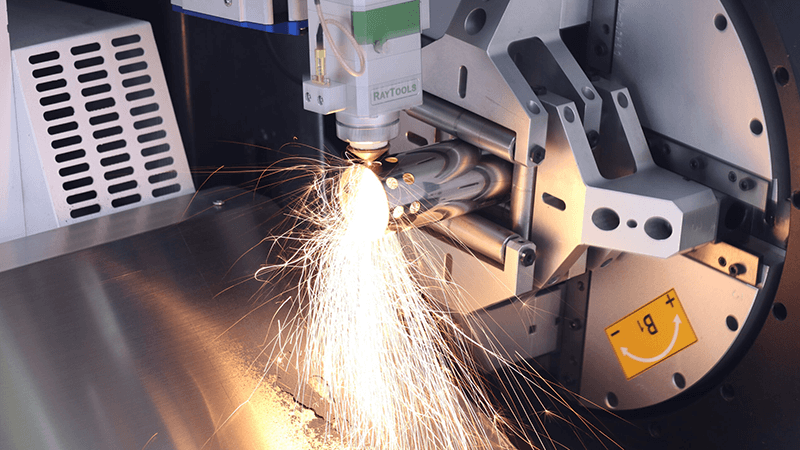
What is the tool suited in cutting metal pipes?
Selecting the right tool to cut metal pipes is essential, especially if you want a clean and precise result. But which tool is truly suited for the job?
While pipe cutters, angle grinders, and reciprocating saws are popular, the best tool for cutting metal pipes in industrial settings is a laser cutting machine. It offers unbeatable precision and efficiency, which are crucial for high-volume, high-precision projects.
When cutting metal pipes in an industrial setting, the tool choice becomes a critical decision. Let’s break down the options for industrial-grade applications and see why laser cutting technology is the most suited.
Pipe Cutters7
Pipe cutters are ideal for smaller-scale applications where the need for speed and efficiency is not as critical. These tools are simple and inexpensive, but they are not designed for high-volume operations. For cutting thin-walled pipes with high precision, pipe cutters can be an effective tool, but they lack the versatility and speed required in industrial settings.
Angle Grinders8
Angle grinders can work in industrial applications, particularly when cutting large-diameter metal pipes. Their speed and power make them effective for thick materials. However, angle grinders tend to generate a lot of sparks and metal dust, which can create safety concerns in an industrial environment. Also, the rough cuts often require additional finishing, adding time and cost to the process.
Reciprocating Saws
Reciprocating saws are generally used in demolition or repair jobs where speed is essential. They can handle large pipes but lack the precision required for high-quality cuts. The rapid back-and-forth motion of the blade can make it difficult to achieve the clean, straight cuts needed for some industrial applications.
Laser Cutting9
Laser cutting is the most suited for industrial operations, especially when large quantities of metal pipes need to be cut with precision. Laser cutting provides a high-speed cutting process that ensures accuracy and consistency. With minimal heat distortion and no physical contact with the material, laser cutting machines minimize wear on the tools and reduce the chances of damage to the pipes.
Laser cutting technology is often favored for its ability to handle a wide range of materials and thicknesses, making it the go-to solution for industries that require both precision and speed. Whether you are working with thin-walled pipes or thick, heavy-duty metals, laser cutting offers the best solution for maintaining high levels of quality while improving production efficiency.

Which saw is best for cutting through a metal pipe?
Choosing the right saw for cutting through metal pipes can be tricky. Whether you’re working with thin-walled or thick pipes, it’s important to pick a tool that will deliver clean, precise cuts.
For cutting through metal pipes, reciprocating saws with metal-cutting blades or pipe cutters are often the go-to options. However, laser cutting machines offer the most precise and efficient solution, especially for larger-scale operations.
For cutting metal pipes, choosing the right saw is crucial for achieving both speed and precision. Here’s how the most commonly used saws measure up:
Reciprocating Saws10
Reciprocating saws are a powerful option for cutting through metal pipes, especially when speed is a priority. They can cut through thick pipes and materials quickly, but precision can be an issue. The saw’s back-and-forth motion makes it difficult to achieve a straight, clean cut, especially for beginners.
Pipe Cutters11
Pipe cutters are excellent for small to medium-sized pipes, offering high precision with minimal effort. The rotating blade ensures a clean cut, but these tools are not suited for cutting large-diameter or thick-walled pipes.
Laser Cutting
Laser cutting offers the best option when precision and speed are paramount. With minimal heat distortion and no physical contact with the pipe, laser cutting machines provide consistent, clean cuts every time. Laser cutting is perfect for mass production and industries that require detailed and accurate cuts with minimal waste.
| Saw Type | Cutting Speed | Precision | Best Suited For | Limitations |
|---|---|---|---|---|
| Reciprocating Saw | High | Low to Medium | Thick pipes, quick jobs | Rough cuts, less accuracy |
| Pipe Cutter | Low | High | Small to medium pipes | Limited to smaller pipes |
| Laser Cutting12 | Medium | Extremely High | High-precision, high-volume | Higher upfront cost |
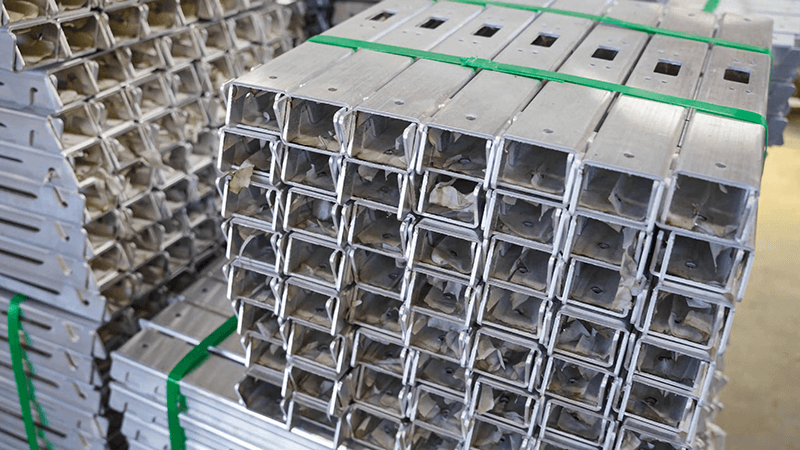
Conclusion
Choosing the right tool for cutting metal pipes13 is essential to achieving precision and efficiency in your work. While traditional tools like pipe cutters, angle grinders, and reciprocating saws serve their purpose, laser cutting technology offers unmatched accuracy and versatility. At Kirin Laser, we believe in providing the best laser solutions to help industries streamline their production processes and achieve the highest standards of quality.
-
Learn how pipe cutters excel in accuracy for small to medium pipes, making them ideal for specific applications. ↩
-
Understand the trade-offs of using angle grinders, including their versatility versus the precision needed for intricate cuts. ↩
-
Explore the benefits of laser cutting for precision tasks, especially in industries like aerospace and medical manufacturing. ↩
-
Explore the benefits of pipe cutters for clean and efficient cuts in plumbing and HVAC projects. ↩
-
Learn about the versatility and power of angle grinders for cutting thicker metals and their trade-offs. ↩
-
Discover why laser cutting is the top choice for precision and efficiency in metal pipe cutting. ↩
-
Learn how pipe cutters stack up against other tools for specific industrial cutting needs. ↩
-
Understand the safety implications of using angle grinders in industrial environments to make informed decisions. ↩
-
Explore the benefits of laser cutting technology for precision and efficiency in industrial settings. ↩
-
Explore this link to understand the pros and cons of reciprocating saws, helping you make an informed choice for your cutting needs. ↩
-
Learn about the functionality and benefits of pipe cutters, ensuring you choose the right tool for precision cutting. ↩
-
Discover the advantages of laser cutting technology, especially for high-precision tasks, to enhance your cutting efficiency. ↩
-
Find laser cutting machine for tube cutting application, try to get your best price from Kirin Laser. ↩


